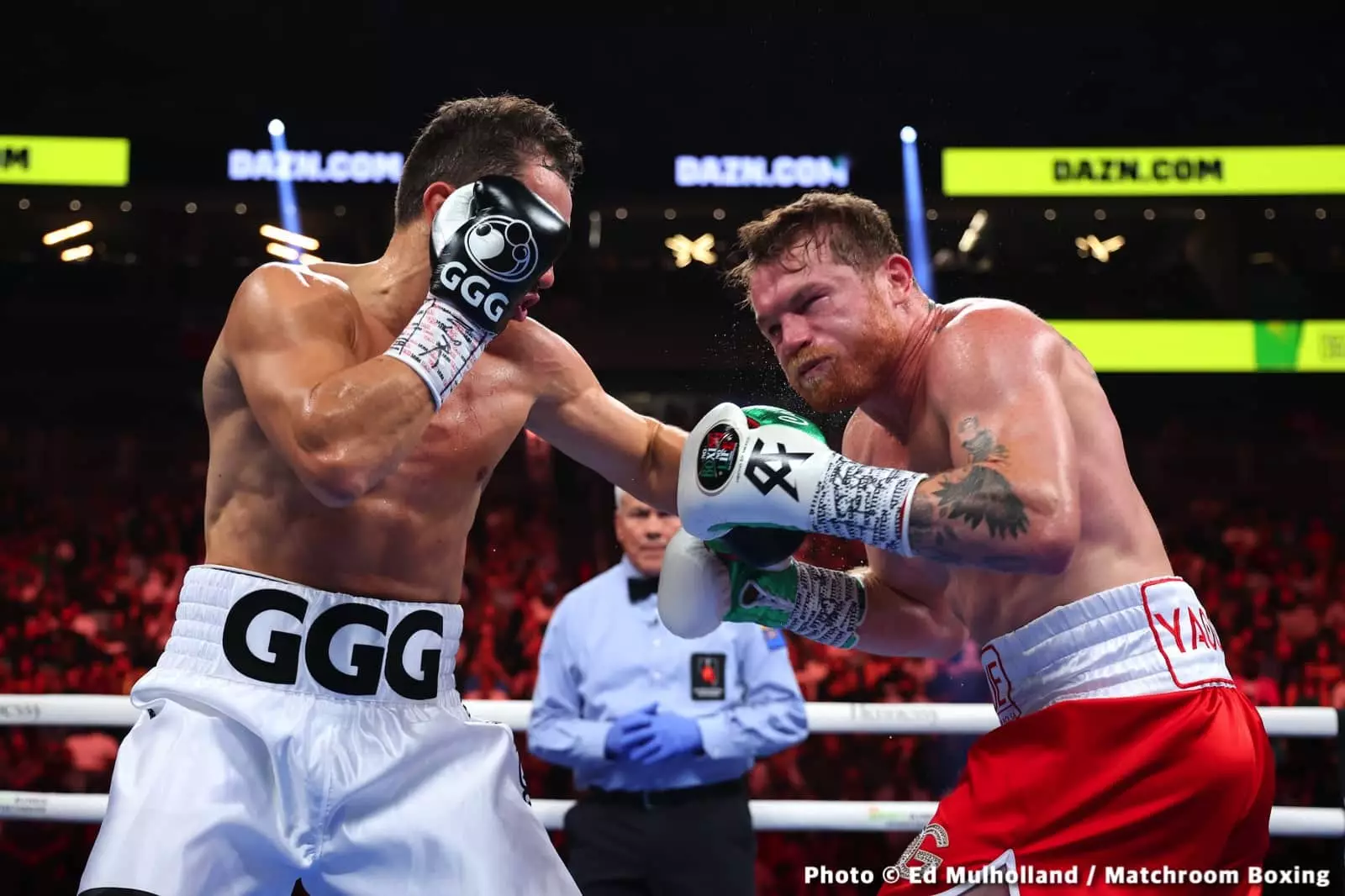In the realm of boxing, technical skill is often glorified as the ultimate measure of a fighter’s competence. However, history has consistently demonstrated that raw power and physical strength frequently overshadow pure skill when determining the outcome of high-stakes bouts. The analysis of Terence Crawford’s upcoming fight exemplifies this stark reality. While Crawford is lauded for his impeccable technique and boxing IQ, his opponents and critics argue that these attributes might not suffice against a physically dominant adversary like Canelo Alvarez. This perspective raises an essential question: Can a fighter’s technical finesse compensate for a lack of knockout power and physical strength? The answer, rooted in boxing history, suggests a resounding no.
Crawford’s technical precision and versatility are undeniable. Yet, when facing a fighter like Canelo, whose combination of size, power, and resilience has decimated many opponents, style and strength become decisive factors. The belief that skill alone could carve a path to victory ignores the brutal reality that punch power is often what instincts and training cannot fully compensate for. Strength and knockout ability directly influence a fighter’s capacity to dictate the pace and control the fight. They create openings, wear opponents down, and, crucially, provide the confidence needed to press forward without fear of retaliation. Crawford’s perceived deficit in this arena underscores a broader truth: boxing is as much a physical contest as it is a mental one.
Physicality and Power: The Missing Links in Crawford’s Arsenal
While Crawford has established himself as one of the most skilled fighters in the game, critics argue that his lack of knockout power at higher weight classes could be his Achilles’ heel. Abel Sanchez’s skepticism points to a fundamental aspect often overlooked— the importance of developing true body strength for the division jump. Crawford’s recent fight at 154 pounds showcased his technical dominance but also revealed a lack of knockout punch. Transitioning to 168 pounds amplifies this concern, as the weight class demands more raw physicality and power.
Boxing legend Gennadiy Golovkin embodies the ideal confluence of strength, power, and skill. His ability to absorb punishment and deliver punishing blows made him a nightmare for opponents—Canelo included. Crawford, despite his agility and boxing intelligence, does not possess such relentless punching force. His punches, though technically sound, lack the impact necessary to hold Canelo at bay or stop him in his tracks. This discrepancy in power underscores a fundamental truth: without significant physical development and knockout potential, even a technically superior boxer remains vulnerable against fighters with undeniable power.
Furthermore, Crawford’s rushed ascension to fight Canelo without adequate preparation or a tune-up underscores a risky underestimation of the opponent’s physicality. Jumping divisions without fully acclimating or building the requisite strength is akin to deserting strategy for bravado. Boxing is intricately tied to physicality, and fighters like Golovkin prove that strength can often define the fight more than technical skill. Therefore, expecting Crawford to replicate Golovkin’s physical dominance is unrealistic, given the stark differences in form, strength, and punching power.
The Gap Between Skill and Physical Dominance: A Lesson in Realism
The debate surrounding Crawford’s capabilities highlights a broader illusion in boxing: that talent alone can overcome the sheer force of a physically developed opponent. This misconception is dangerous because it encourages fighters to overlook essential elements like strength training, diet, and body conditioning. The myth that a technically skilled boxer can outmaneuver a physically superior opponent simply by ring IQ neglects the brutal reality of the sport.
Crawford’s case reveals a shortsightedness in fight preparation—an underestimation of how crucial physical strength is at the elite level. He has not had time to build the musculature or regimen necessary to match the power of fighters like Golovkin or Canelo. This lack of development is a glaring vulnerability and represents an intrinsic flaw in his strategic planning. The notion that finesse alone can carry a boxer through a fight against a formidable opponent diminishes the importance of holistic physical preparation.
It’s also worth noting that the division jump to 168 pounds without proper buildup only compounds this issue. Fighters need time to adapt physically and mentally to new weight classes, but Crawford’s rapid transition signifies a gamble that could backfire. Power and resilience are cultivated through years of dedicated training—not quick fixes. Without this foundation, even the most talented boxer risks becoming merely a skilled fighter with limited knockout capability, ultimately falling prey to opponents who can impose their will through raw force.
Boxing’s most enduring lesson remains that physical dominance often trumps skill alone. For fighters like Crawford, understanding and respecting the importance of strength, power, and body conditioning is vital—not just for victory in the ring, but for the longevity of their careers. Without it, even the most refined skills can be rendered ineffective in the face of true physicality.

